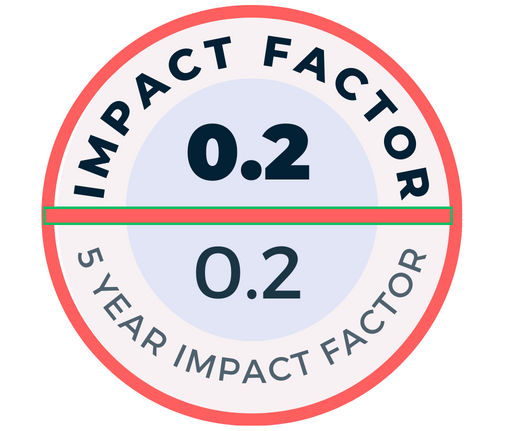Serum estradiol (E2), prolactin (PRL), LH, FSH, B2-M, PTH, Cα phosphorus (P) levels and thyroid function tests (TT3, TT4, JT3, JT4 and TSH) were studied. The relationships between hormonal changes and bone metabolic parameters were investigated. Thirty women patients with uremia on maintenance hemodialysis and eighteen healthy subjects as controls were studied. The patients mean age was 39.4 2.9 years. Average time on dialysis was 4.6 0.6 years.
In the patients serum E2, FSH, TT4, fT4 and Cα levels were significantly lower, serum PRL, B2-M, PTH and P levels were significantly higher than in thi controls (p< 0.001). Serum LH, TT3, fJ3 and TSH levels were not differint between the patient and the control groups (p>0.05). There was a close relationship between decreasing serum E2 and increasing serim B2-M, and PTH levels in the patients ( (r= -0.5, p< 0.01; r- -0.6 p< 0.01). Hypoestrogenemic women on hemodialysis had high values of bone catabolic parameters. Hypoestrogenemia might contribute to increase of bone metabolic changes which were already very accelerated due to secondary hyperparathyroidism. Cyclic eastrogen therapy might be necessary for uremic bone disease. Further controlled studies will clarify this study.

.png)




.png)